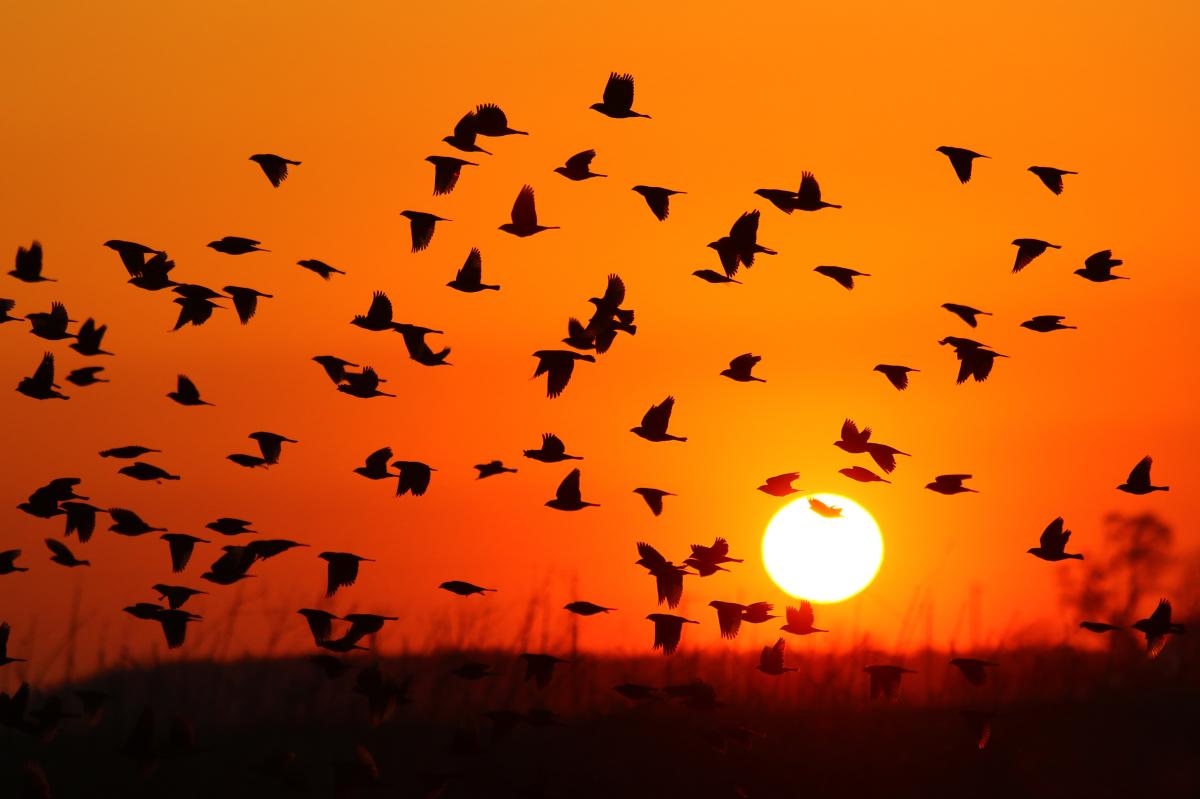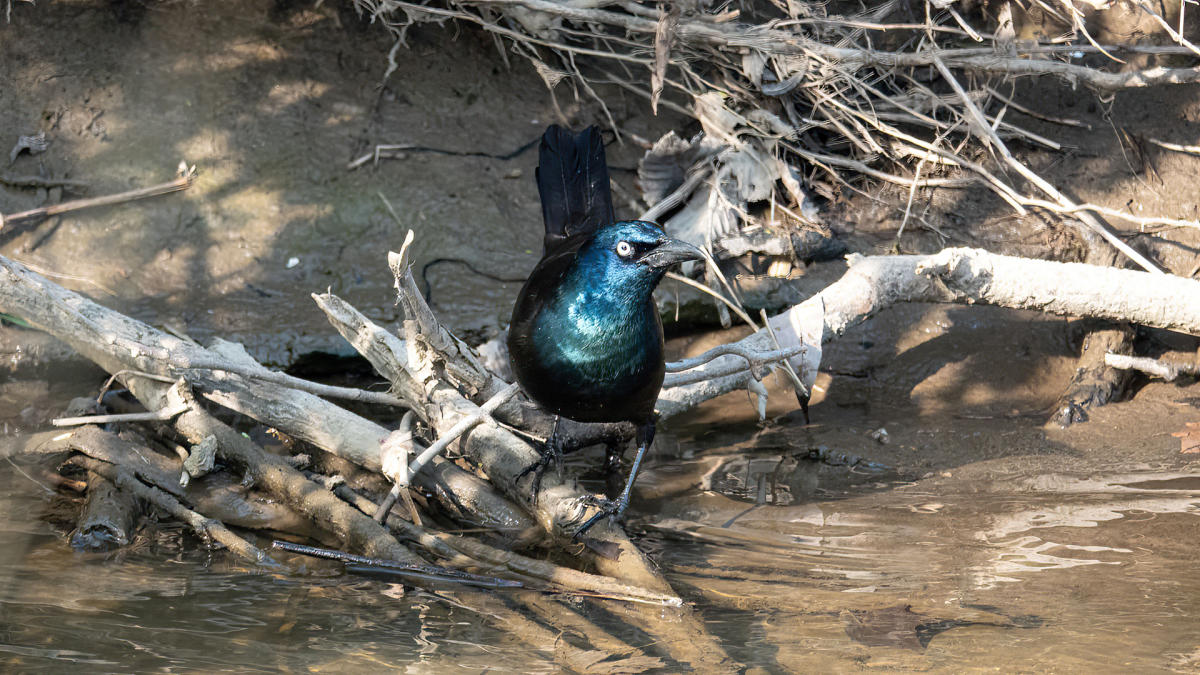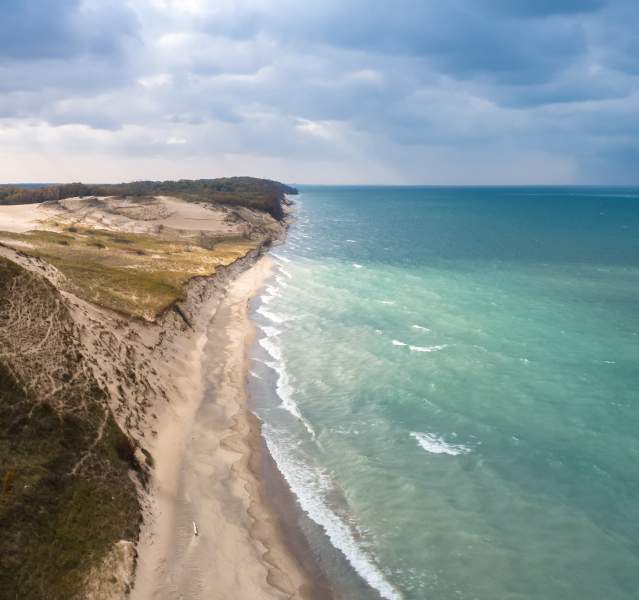October is loud and raucous on the Kankakee Sands prairie. It can also be dark and ominous. In the early morning, you can hear them long before you see them. Off in the distance is a lone tree or perhaps a small cluster of trees. Their branches beginning to tremble. Growing ever louder, a chattering, clambering, and squawking chorus rumbles out into the chilly morning air.
And then it happens… one single black bird lifts off and flies away from the tree, and then another and another and another until there is a mass exodus of more birds taking flight than you could have ever imagined were in that tree. The sky comes alive with red-winged blackbirds, brown-headed cowbirds, common grackles, starlings, and the occasional robin.
The long flowing stream of birds reminds me of walking down the hall with my grade school classmates – all of us streaming along in a not-so-straight line - two to three abreast chatting, some walking fast, others slow, there’s a break in the line, and then a small group runs to catch up. These morning elastic bands of birds, ebbing and flowing, can undulate across the sky for minutes at a time, spanning miles across the sky.
 During the daytime, these birds are no longer in sinuous lines but are bunched together in a mass of feathers in the sky. Down they go as a group, into the field to eat, then back up into the sky headed south. No, wait, now they’re headed east, up then down, this way and that. Hard to tell who is calling the shots and how decisions are made.
During the daytime, these birds are no longer in sinuous lines but are bunched together in a mass of feathers in the sky. Down they go as a group, into the field to eat, then back up into the sky headed south. No, wait, now they’re headed east, up then down, this way and that. Hard to tell who is calling the shots and how decisions are made.
Why the birds come together in large in the fall is not well known. Perhaps for the protection from predators—strength in numbers! Or perhaps for the ease of finding food—all hands on deck to locate the next best place to feast! Or perhaps just because it is fun—the same reason we humans gather together in the cooler months to reminisce about the year gone by, to share a meal, to party!
With springtime and summertime breeding season long past now, the birds can turn their attention from the stressful task of finding a mate, making a nest, raising young and defending territory to feed, and heading south for the winter.

These common grackles, red-winged blackbirds, starlings, cowbirds, and sometimes even robins will soon head to the southern United States and Mexico to ride out the winter. They are known as short-distance migrants—remaining in North America rather than going to Central or South America or further yet.
I love this coming together of the different species. The red-winged blackbirds, common grackles, brown-headed cowbirds, and robins are all termed “‘New World’ species that are native to North America. Starlings are termed “Old World” species, being from Eurasia and Northern Africa. And yet the murmuration of starlings, the plague of grackles, the round of robins, the cloud of blackbirds, and a herd of cowbirds all come together in a beautiful, diverse jumble of ages, sizes, colors, and species. I love it when humans come together in just this same way too!
And then again in the evening, as dusk draws near, the chattering, squawking, and clambering come together in a grove of oak trees, and slowly the sounds begin to quiet, and the tree takes one last tremble for the night.
Come on out to Kankakee Sands this October to enjoy this feathery phenomenon!
The Nature Conservancy’s Kankakee Sands is an 8,400-acre prairie and savanna habitat in Northwest Indiana, open every day of the year for public enjoyment. For more information about Kankakee Sands, visit www.nature.org/KankakeeSands or call the office at 219-285-2184.

